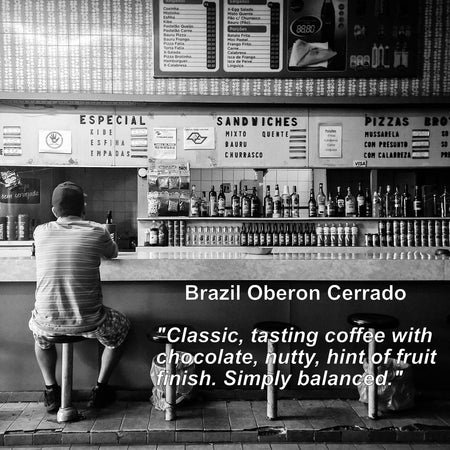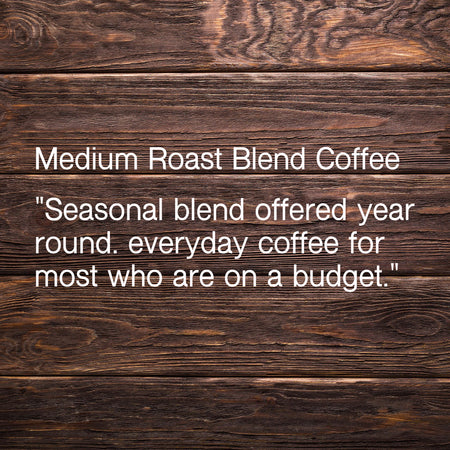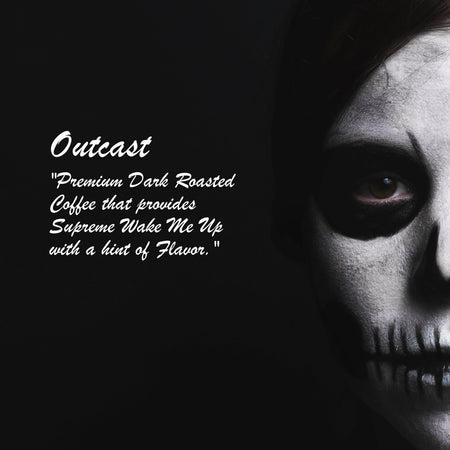There's a moment in every coffee lover's journey when you encounter Gesha for the first time. You lean in, take a deep breath, and—wow. The aroma hits you like nothing else you've experienced. Floral notes dance with fruit-forward brightness, creating an olfactory experience so intense, so captivating, that you almost forget there's actual coffee in your cup waiting to be tasted.
But here's the thing nobody really talks about: What happens when that first sip doesn't live up to the promise of that incredible smell?
The Gesha Experience: Expectation vs Reality
Gesha (sometimes spelled Geisha) coffee has become the darling of the specialty coffee world. This varietal, originally from Ethiopia but famously cultivated in Panama and other high-altitude regions, commands prices that can be two to three times higher than other premium coffees. The marketing tells us it's revolutionary, magical, life-changing. But is it really?
After tasting dozens of different Gesha coffees over the years—including a recent Nicaragua Gesha at almost four weeks off roast—there's an honest conversation that needs to happen. While Gesha undeniably produces one of the most captivating aromas in coffee, the taste often falls flat in comparison. It's clean, it's delicate, sometimes tea-like, but it frequently doesn't deliver the same complexity and intensity that the aroma promises.
The Comparison Trap
Coffee appreciation is inherently a game of comparison. We can't help it. We're always measuring one cup against another, evaluating whether the coffee we're drinking right now enhances our morning, elevates our afternoon, or creates a special moment with friends and family. This is especially true with expensive coffees like Gesha.
When you've paid premium prices, there's an added psychological weight to every sip. You find yourself wondering: "Am I missing something? Is my palate not developed enough? Have I been bamboozled?" You might even catch yourself preferring your usual, less expensive coffee, then immediately questioning that preference because surely the more expensive one should be better, right?
Why Gesha Commands Premium Prices
To understand Gesha's position in the coffee market, it helps to think of it as the saffron of coffee. Like saffron, Gesha is notoriously difficult to cultivate. It requires very high altitudes, produces lower yields than other varietals, and is finicky throughout the growing and processing stages. Farmers take on significant risk and investment to produce it.
The processing matters enormously. How the cherries are picked, fermented, washed, and dried can make or break the final cup. And when everything goes right—the terroir, the processing, the roasting—you get that extraordinary aroma that makes Gesha famous.
But here's the critical question: Does difficulty of production necessarily translate to a superior drinking experience?
The Role of Roasting
One advantage of working with multiple roasters and experimenting with different profiles is the ability to explore how Gesha responds to various approaches. Light roasts tend to be the default for Gesha, emphasizing those floral and fruity characteristics. But what about medium roasts? What about developing the coffee more fully to bring out different aspects?
Coffee changes as it cools, too. That hot first sip might be one experience, but as the temperature drops, the coffee often reveals more character and personality. With Gesha, this evolution can be particularly noticeable—though whether it becomes more enjoyable is entirely subjective.
It's Okay to Not Love Gesha
Here's the liberating truth: If you don't find Gesha extraordinary, there's absolutely nothing wrong with you or your palate. Coffee preferences are deeply personal. The flowery tasting notes that one person experiences might not resonate with you at all, and that's perfectly valid.
The specialty coffee industry sometimes creates an atmosphere where certain opinions feel mandatory—where not appreciating a $100-per-pound Gesha might make you feel like you're "not getting it." But coffee isn't about conforming to what you're supposed to like. It's about discovering what actually brings you joy.
If your daily driver—that familiar coffee you reach for every morning—brings you more satisfaction than an expensive Gesha, that's not a failure of taste. That's self-knowledge, and it's valuable.
Marketing, Mystique, and Making Your Own Decisions
There's powerful marketing behind premium coffees like Gesha. The story of the finicky varietal, the high-altitude farms, the expert processing, the limited availability—all of this creates mystique and justifies premium pricing. These aren't lies; they're real factors that go into producing Gesha. But they're also selling points designed to create desire.
When you strip away the marketing and the price tag and the reputation, you're left with a simple question: Do you enjoy drinking this coffee? Not "Should you enjoy it?" or "Do experts say you should enjoy it?" but genuinely, honestly, do you?
The Value of Experimentation
None of this means you shouldn't try Gesha. If you're curious, by all means, explore it. Taste it objectively. See how it compares to other coffees you love. Notice whether the aroma translates to the flavor for you. Pay attention to how it evolves as it cools.
But approach it without the weight of expectation. Don't let the price point or the hype dictate your experience. Coffee is meant to be enjoyed, not studied like a test you might fail.
The Bottom Line
At the end of the day, it's just coffee. Yes, it's coffee with a fascinating story, grown with care, processed with expertise, and roasted with attention. But it's still just coffee—a beverage meant to be enjoyed in whatever way brings you the most pleasure.
Whether Gesha becomes your favorite varietal or leaves you underwhelmed, what matters is that you're engaging with coffee on your own terms. Trust your palate. Like what you like. And remember that the best coffee isn't the most expensive one or the one with the most accolades—it's the one that makes you happy when you drink it.
The aroma of Gesha? Undeniably spectacular. The taste? That's for you to decide, free from anyone else's expectations.



